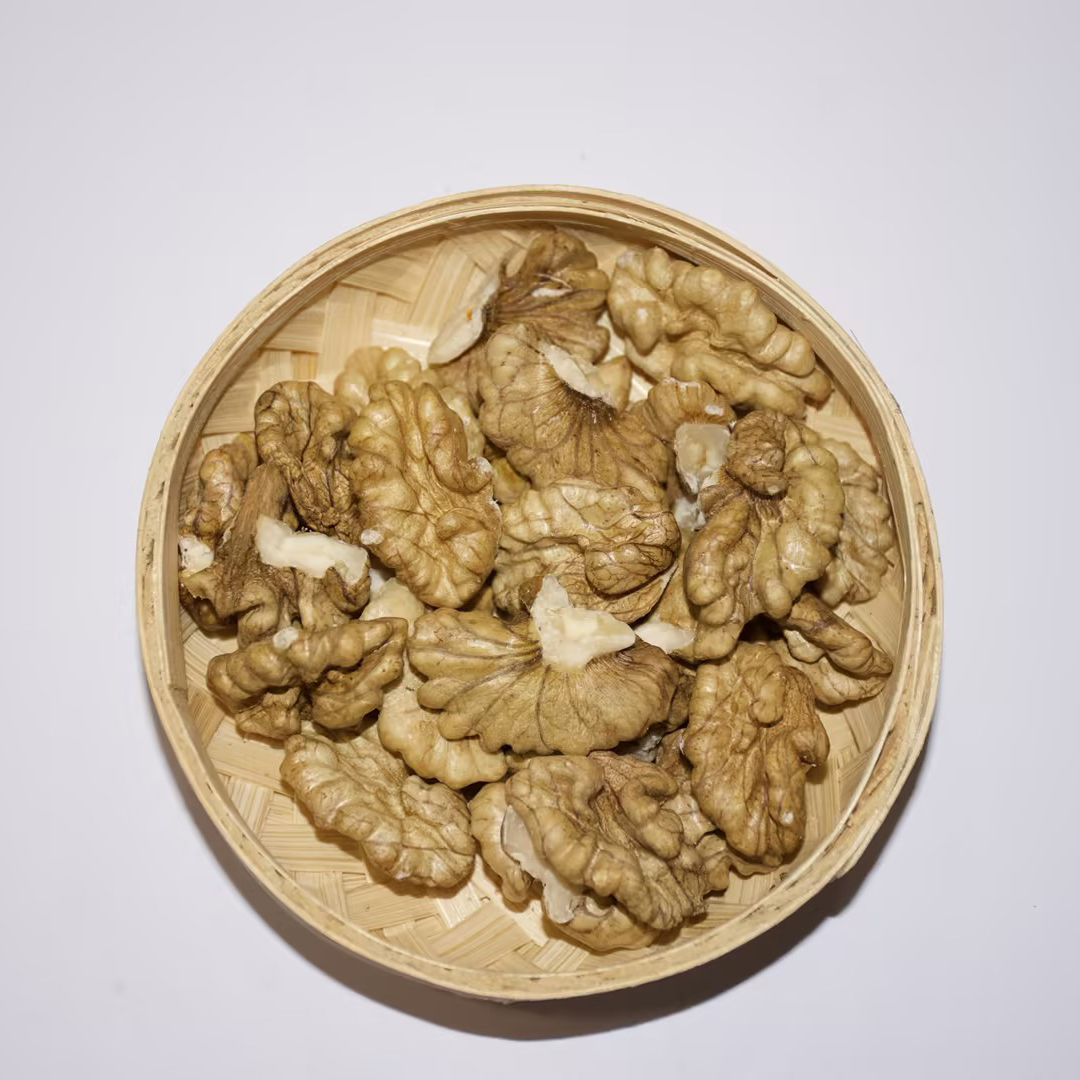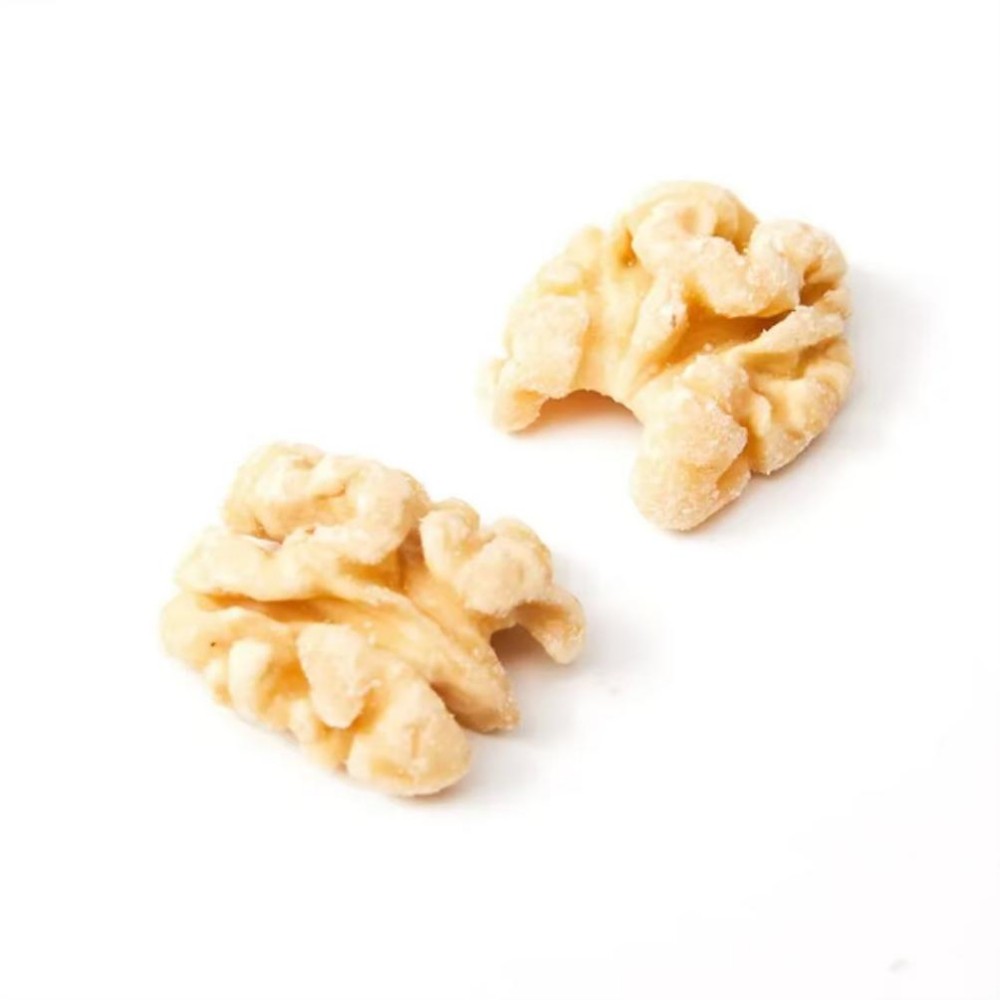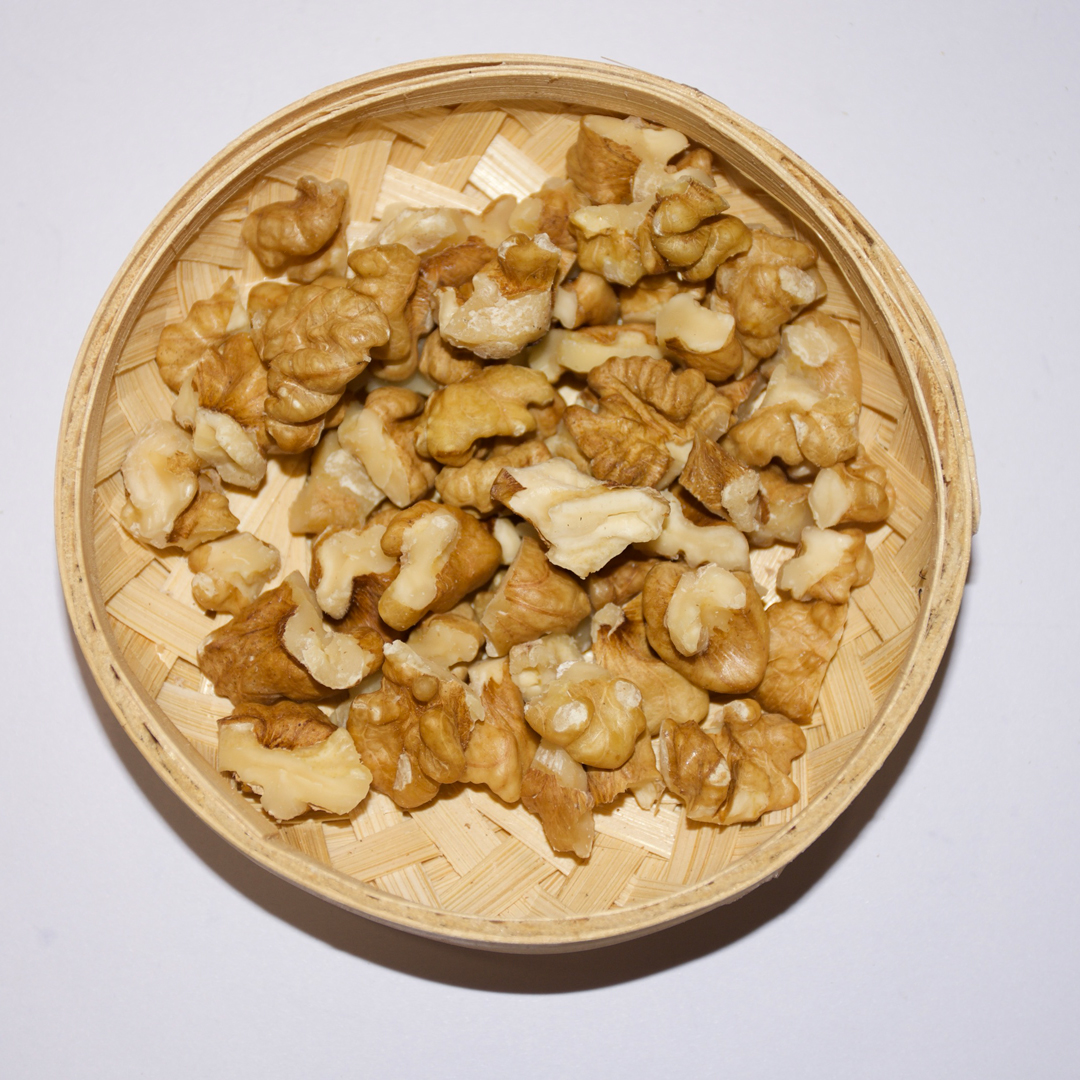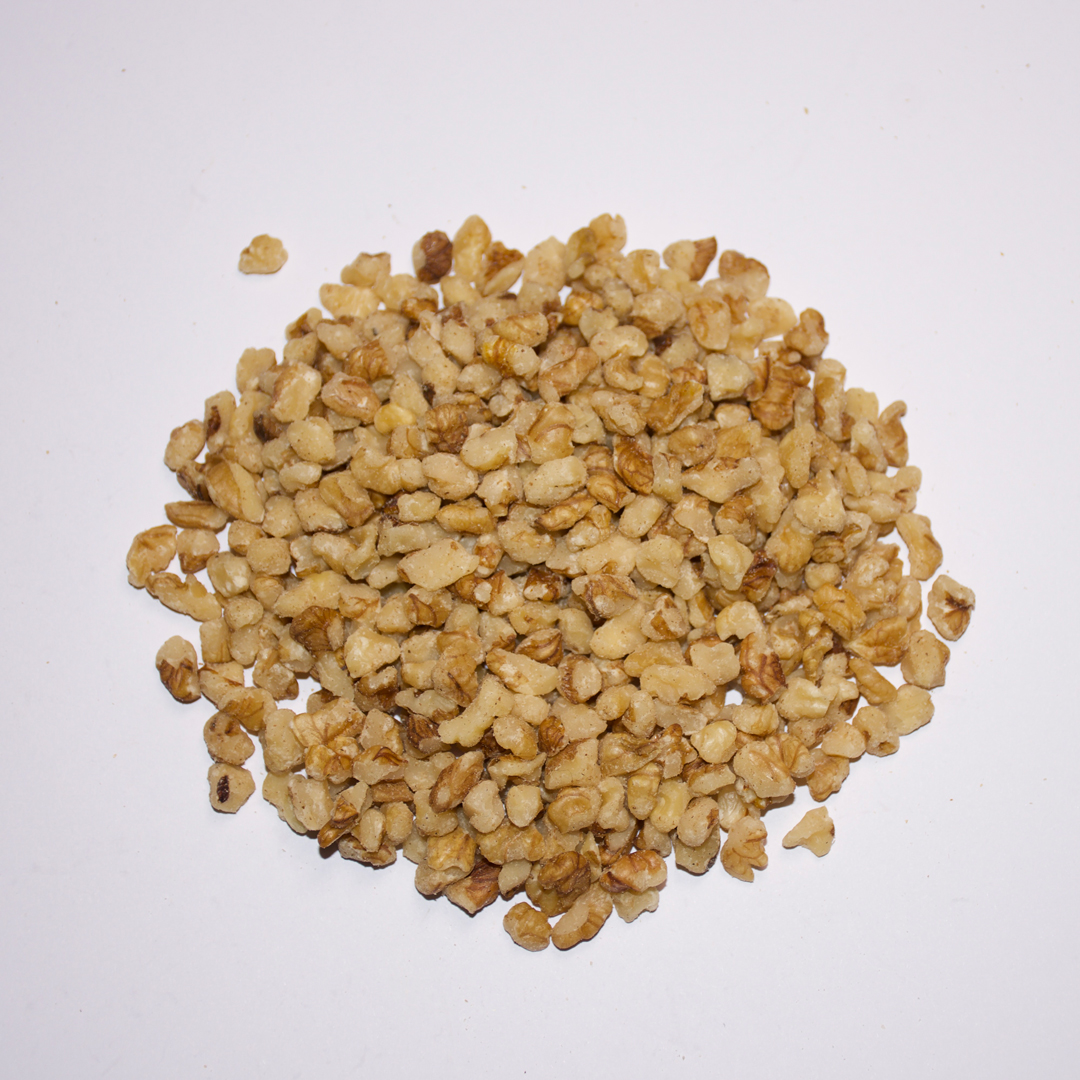
walnut type of fetus
Walnut: fetal type
Walnut is a tasty and healthy product familiar to all of us. But did you think about what type of fruit it belongs to? Let's figure it out! Walnuts, like many other edible nuts, are actually not a nut in a strictly botanical sense, but a dry, single -seeded, fruit structure. This is a fruit that has experienced some interesting transformations in the course of its development.
Walnut structure - how this fruit works
Outwardly, we see a firm, sometimes slightly rough shell. Under it hides the walnut itself - a seed shell surrounded by a soft shell (inside which there is a small, edible seed). The shell itself, in fact, is the fruit shell that protects the valuable contents. A distinctive feature - it is not split into parts, as, for example, in some other dry fruits, but is a single structure.
Where the walnuts and their life cycle come from
Walnuts grow on trees that belong to the Nut family. This tree blooms with small, nondescript flowers. After pollination and fertilization, the fruit is formed - green, immature. Over time, it hardens and acquires its characteristic brown color, signaling maturity. Finally, the walnut is ready for collection, containing all valuable nutrients that we value so.
Why walnut is so useful
This small treasury is rich in vitamins, minerals and useful fats. It helps to improve brain function, strengthen the immune system and favorably affects the general condition of the body. Therefore, walnut is a valuable product that can and should be included in your diet. In addition to taste, it is also very good for health. For its valuable properties, walnuts are rightfully considered a real nature of nature.
AppropriateProducts
Corresponding products
The best soldproducts
The best -selling products-
 Washed fruits of walnut Sinfen
Washed fruits of walnut Sinfen -
 Washed fruits of Yunnan nut
Washed fruits of Yunnan nut -
 Gilt nuts of light amber
Gilt nuts of light amber -
 Amber walnuts
Amber walnuts -
 Normal light Yunnan nut nuclei quarter
Normal light Yunnan nut nuclei quarter -
 Unwashed 185 fruits of walnut
Unwashed 185 fruits of walnut -
 Peelled walnuts
Peelled walnuts -
 Normal light color of 185 halves of walnut nuclei
Normal light color of 185 halves of walnut nuclei -
 Half of the nuclei of walnuts of normal light color xin2
Half of the nuclei of walnuts of normal light color xin2 -
 8-18 mm chopped nuclei 185 walnuts
8-18 mm chopped nuclei 185 walnuts -
 Sinfen unwashed fruits
Sinfen unwashed fruits -
 Half of the nuclei of the walnut of sinfu lightest color
Half of the nuclei of the walnut of sinfu lightest color
Connectedsearch
Related search- Cheap factory of homemade walnuts
- Suppliers of processing a walnut nucleus New Erpu Whitehead Road
- Cheap other walnut nuclei prices
- Cheap walnut factory calories of fruit
- Cheap prunes of a walnut salad of manufacturers
- Yunnan price washed walnut fruit OEM
- Prices for chicken salad with walnuts and cheese
- Walnut fruits
- OEM manufacturers of walnut tincture
- OEM fruits of walnuts are known as a plant













